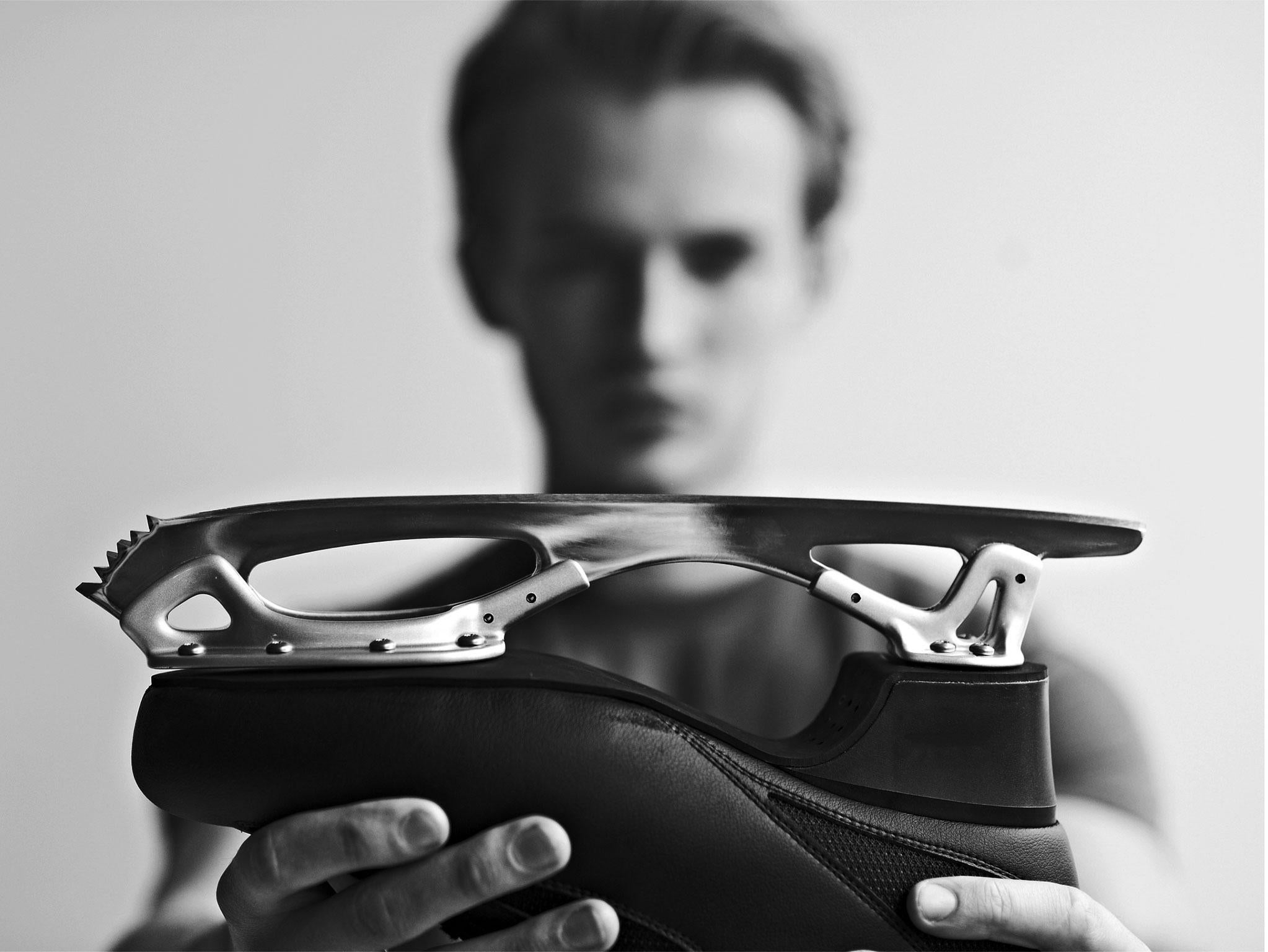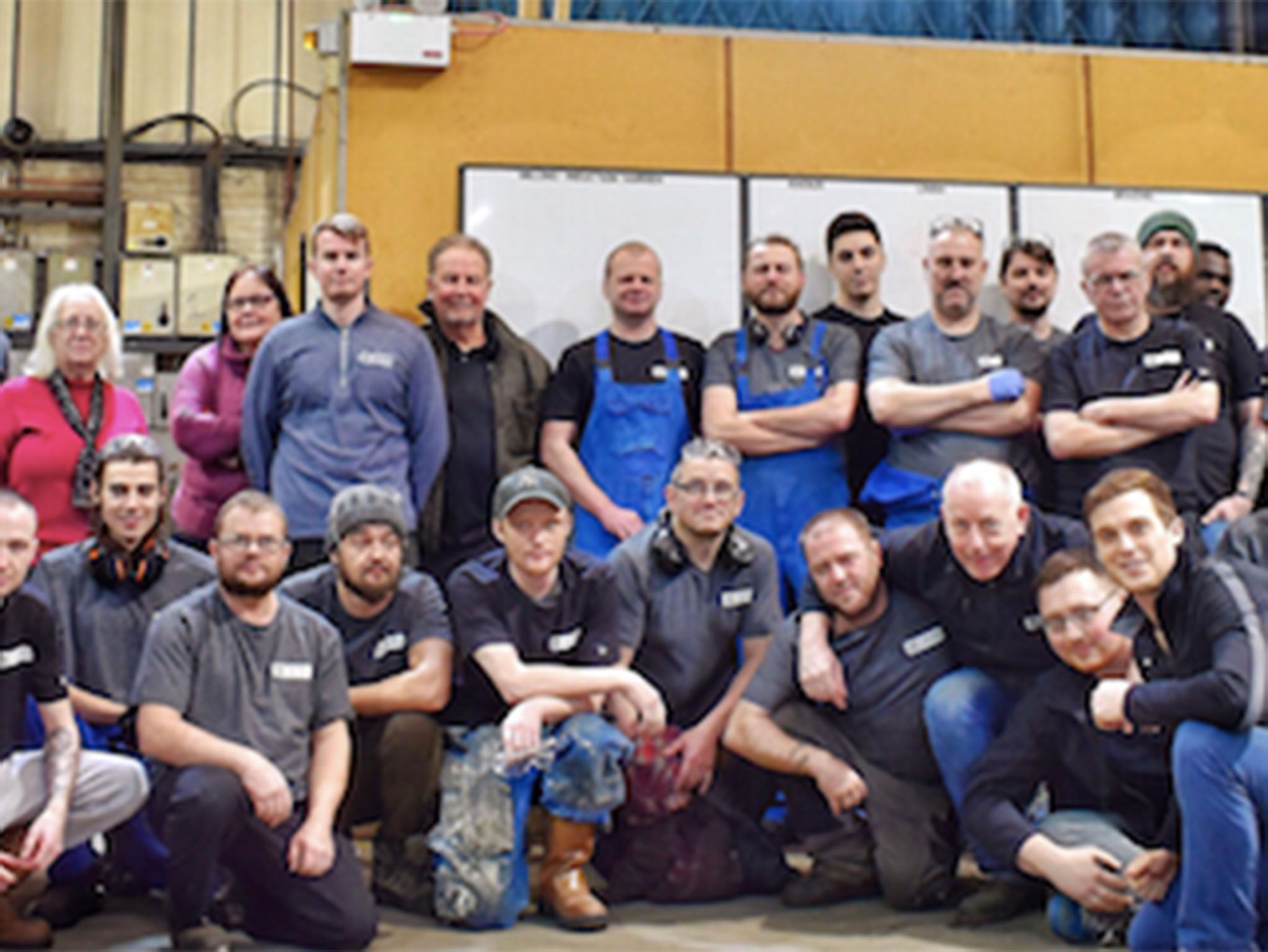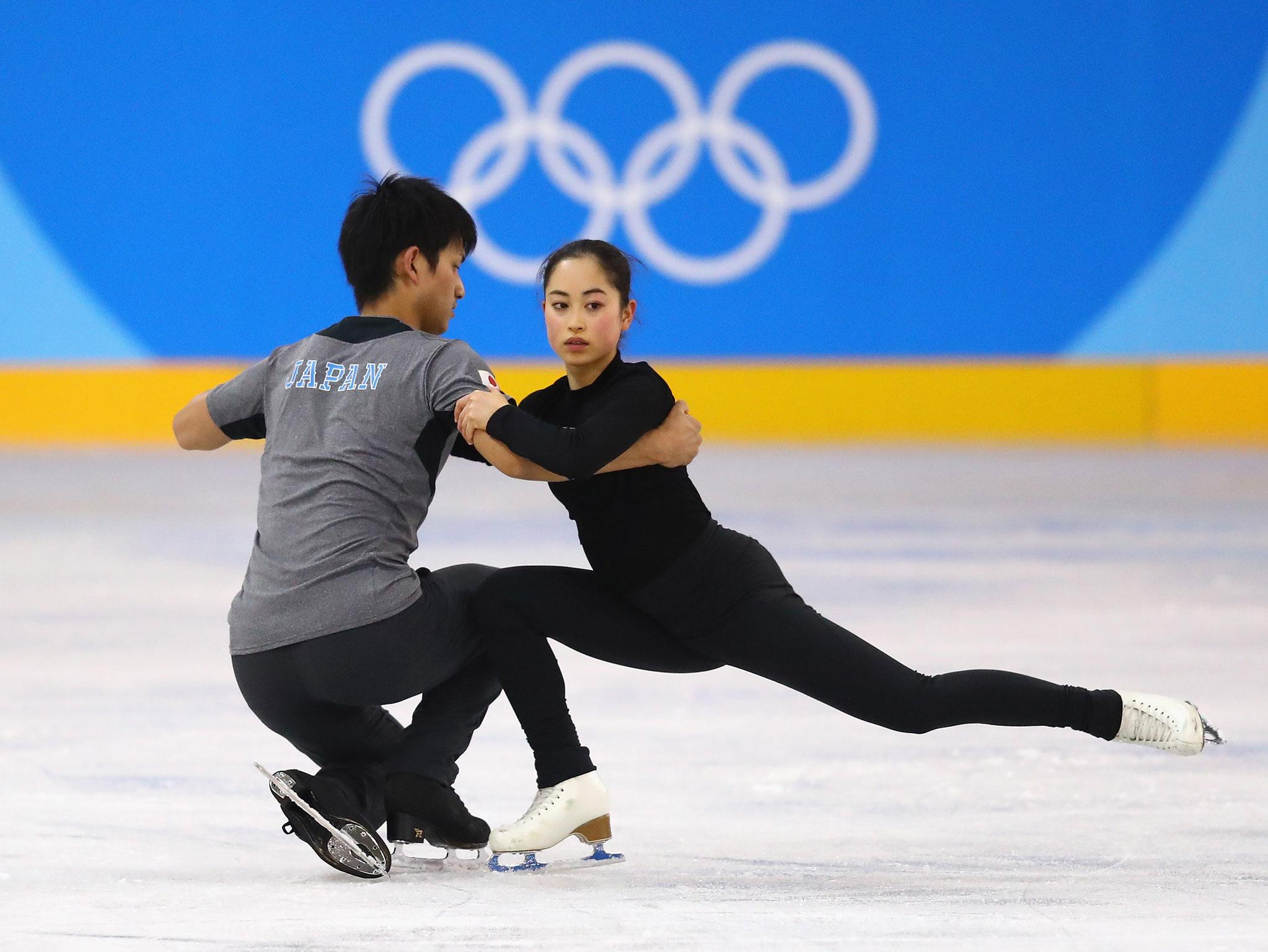Steel, skates and blades: The iconic Sheffield company helping the Winter Olympic's finest figure-skaters shine
HD Sports is an iconic, international brand. At this year's Winter Olympics, the finest figure-skaters in the world will perform on blades intricately crafted in a tiny pocket of provincial England

Your support helps us to tell the story
From reproductive rights to climate change to Big Tech, The Independent is on the ground when the story is developing. Whether it's investigating the financials of Elon Musk's pro-Trump PAC or producing our latest documentary, 'The A Word', which shines a light on the American women fighting for reproductive rights, we know how important it is to parse out the facts from the messaging.
At such a critical moment in US history, we need reporters on the ground. Your donation allows us to keep sending journalists to speak to both sides of the story.
The Independent is trusted by Americans across the entire political spectrum. And unlike many other quality news outlets, we choose not to lock Americans out of our reporting and analysis with paywalls. We believe quality journalism should be available to everyone, paid for by those who can afford it.
Your support makes all the difference.About a 10-minute drive outside Sheffield's city centre, running alongside the River Don, is Rutland Way's nondescript industrial estate. There's a tile store, a catering supplies business and one premise that specialises in building plastics. Nestled deep at the back is HD Sports. And it's here that a world-renowned enterprise exists.
“I firmly believe that we're Sheffield’s best-kept secret,” says the company's CEO Tom Cantwell.
But he's being modest.
HD Sports is an iconic, international brand. At this year's Winter Olympics, the finest figure-skaters in the world will perform on blades intricately and patiently crafted in a tiny pocket of provincial England.

The company boasts a rich and remarkable history, dating back more than 300 years. John Wilson was a local tool-maker of note and was tasked with designing skating blades for King William III in 1696. The royal seal of approval ensured Wilson's business blossomed and the strong connection to the Crown continued when Queen Victoria commissioned a pair of Wilson-designed skates for herself and Prince Albert in the 1840s.
Later, renowned engineering firm Hattersley and Davidson took control of the burgeoning empire and concentrated on tending to the needs of the city's vast steel manufacturers. But, with the advent of refrigeration came a litany of ice rinks opening up across the UK at the turn of the 20th century. And the firm began to receive a lot more skating-related requests.
“Figure skating was still a small business in those days,” says George Brumpton, who served the company for over 30 years in various roles, including operations director.
“It was almost like a tool-making business, similar to what we were making for joiners and carpenters. But when rinks began to appear, people began to skate. You needed coaches to learn and the company were very wise in that they approached the coaches and asked them to help them design various models of blades for the various skating disciplines.”
Brumpton joined the company in the mid-1970s as an engineering foreman but, owing to the international success of British skaters, it wasn't long before he was immersed full-time in the sport. As he travelled the world distributing the now-legendary Wilson blades and building relationships with various clients, it became clear just how highly-regarded the company was.
“I began to realise where this Sheffield company – that nobody knew about – stood in the world of figure-skating,” he says.

“I was at the World Championships in Budapest in 1988. After the evening session, I came out of the rink and hopped on a courtesy bus to get back to the hotel. But people were staring at me and it was obviously allocated or pre-paid transit. So I got up and started apologising. I told them I was from John Wilson in England and as soon as I said that my night was finished. 'You're from John Wilson? Come sit here'. It was a bus-load of Canadians who were all nuts about figure-skating. We went back to the hotel, had some snacks and drinks and I think I got to bed at 3am. They wouldn't let me leave. That's when I really started to understand the strength of the brand.”
In 1997, another successful blade business – Mitchel and King – was acquired and HD Sports had cornered the market. The company could now boast that every World and Olympic champion dating back three decades had worn their brand.
In 2014, a US investment group took over HD Sports and asked Cantwell, then just 25, to relocate and head up the Sheffield operation.
Having grown up in Saranac Lake, just nine miles from Lake Placid – a two-time Winter Olympic venue – Cantwell was more into ice-hockey than skating but was excited by the company's prestige and incredible foothold in the sport, with their blades being sold in 56 countries.
So, what makes them so good?

“Why so many athletes choose to wear our products comes down to the steel we employ and the manner in which we harden it,” Cantwell says.
“They need such a command over their edges and the sport requires them to be so intricate with their footwork, balance and body positions. So, skaters at the highest level have commented how responsive the product is and how slick the glide across the ice is.
“The process to make a blade depends on many factors. Some blades are softer and have a lower hardness rating while others require much more time to harden and craft. At this year's Olympics, the most popular blade will be the iconic Gold Seal, made by John Wilson Blades, and which undergoes 56 individual processes. With the greatest will in the world, a pair of these blades cannot be physically made in less than one day with the type material we use. Blade selections are based on skating style, discipline, body weight and coaches' preferences. Typically, the coach plays the biggest role in influencing what model the skaters wear.”
The company has also needed to innovate, with the sport having undergone some substantial changes in recent years.
While the artistic elements remain important, there is a huge emphasis on performing increasingly difficult jumps owing to the amount of technical points on offer. The power and physicality of the athletes means that the blades supporting them need to stand up to the pressure.
“The sport has changed so much,” Brumpton says.

“The stresses and strains on the blade were taking its toll so we had to change processes and some materials, even on our standard models – our world-beaters, as we call them. And we also developed the carbon-fibre blades which helped with skaters' landings because of shock absorption.
“I'm a kicking, bashing, hitting man - football, cricket, tennis - but I came back from a work trip and some guys I knew were a little bit hesitant about the world of figure-skating. I remember turning to them and saying, 'I've come to the conclusion that it's the most difficult sport in the world'. And they couldn't believe it. But I said, 'You have to be an acrobat on ice. You need the confidence to jump a few feet in the air, rotate three or four times and then land on a quarter of an inch of steel on one edge. And if you don't land correctly it hurts a lot.'”
In Pyeongchang, one element that will dominate – like it did in Sochi four years ago – is the quad, which sees the skater complete four revolutions in the air. Current US national men's champion Nathan Chen, who is a medal favourite, will attempt to land five different versions of the jump – something he accomplished in domestic competition just last month.
Cantwell is acutely aware that as long as skaters keep conjuring gravity-defying technique, the company can't sit still.
“Olympic-level coaches have said 'Don’t change anything'”, he says.
“They justify this by saying that every major quad jump was done on our blades and no other brand can say that. But in the last Olympics, some of the best skaters had two types of quad jumps in their programs. This year, we'll see the Quad Toe Loop, Quad Salchow, Quad Loop, Quad Lutz, and Quad Flip. So, we must remain committed to innovation and pushing the boundaries of what's possible with a blade.”
At the Olympics four years ago, every skater who finished on the podium across men's, ladies, pairs and ice-dance, wore blades that were created on Rutland Way.
You can expect the exact same this time around.
“The modern trend now when a takeover happens, especially with sports equipment, is to uproot a factory and take it somewhere else in the world where everything can be done more cheaply,” Brumpton says.
“But there's a special technique and special mystery – and there always will be – to the blades made in Sheffield.”
Join our commenting forum
Join thought-provoking conversations, follow other Independent readers and see their replies
Comments